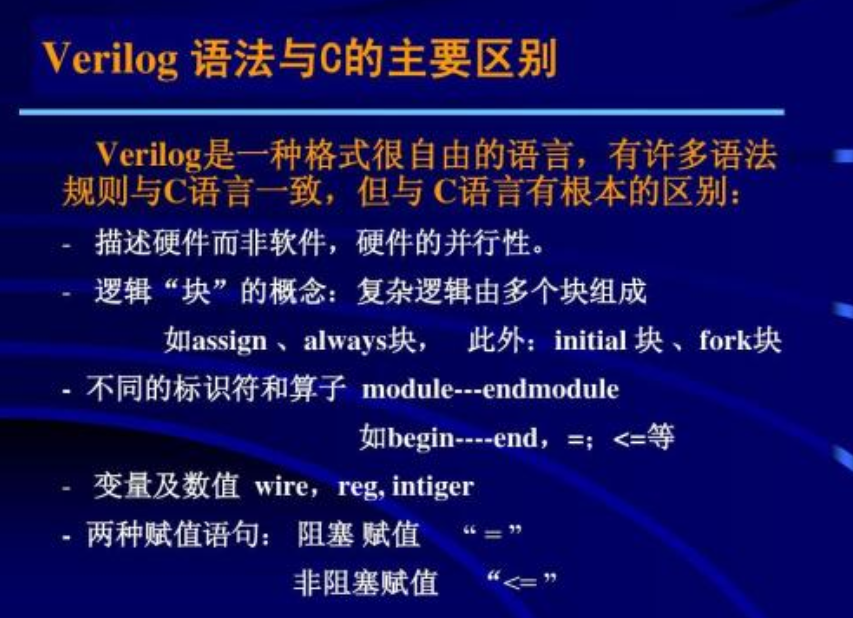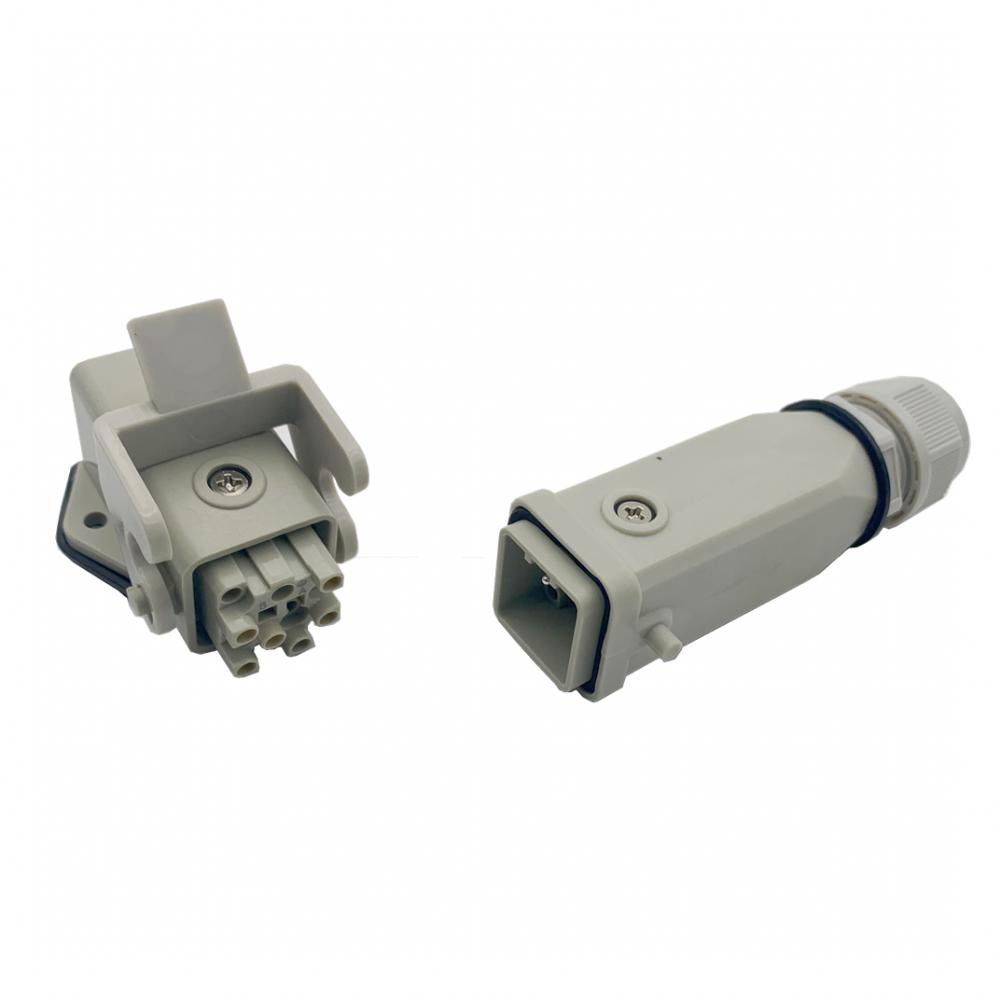I have studied verilog language for FPGA design for half a year. Many things are learned online. Now I want to talk about some experience in FPGA design using verilog. My level is not high, mainly to introduce myself to novice friends. A little experience and less detours.
1, verilog language
The most important thing to learn verilog is not the grammar. "Because 10% of the grammar can complete 90% of the work", the common language of verilog language is always@(), if~else, case, assign, and there is no need to go to special research. The grammar, some questions, etc., just wait for you to check the book. Here is recommended by Mr. Xia Yuwen's "Verilog Digital System Design Tutorial", a good book that is suitable for novices.

2, hardware principles
Although the verilog language is very similar to the c language, it is essentially different from the c language, because verilog is a hardware design, and what you write is a real circuit, so the knowledge of digital circuits is certain. Digital circuits are composed of sequential circuits (triggers) and combinational logic circuits (various logic gates). Programs written in verilog are implemented in FPGAs as triggers and logic gates, so the most important thing is "the language you write to you." There are a number of circuits in the generated heart. To do this, you will not have the trouble of not being able to synthesize the written program. The redundant logic of the circuit is certainly the least. Also note that the verilog program is parallel, not sequential execution like c. This is because fpga hardware is configurable and can form different task units to work at the same time; while the microcontroller is based on general purpose, the hardware structure is fixed. It handles tasks in a single order.
3. Synchronization principle
When designing an FPGA, the synchronization principle should be one of the most important principles. Because of the uncontrollability of the asynchronous circuit, it is likely that there will be burrs, and any glitch inside the chip will be transmitted at the first level. Ultimately affects the stability of the system. The principle of synchronization is summed up in one sentence: "Don't try to generate your own clock". It is better to design a module or a module to use only the same clock, so that all the flip-flops are on the same clock edge. Of course, the most stable system. Can also run to a very high speed. One trick is to use the enable and take-off circuits of the flip-flop.
4, develop good code habits
A lot of details, such as indentation, naming, parameterization, combinatorial logic and temporal logic separation, annotations, etc., are the code styles that everyone says. This is actually very important. It is best to develop good habits from the beginning. This will save you a lot of time for your future work and will greatly improve the quality of your work. Not paying attention to this will be a lot of suffering, the details determine success or failure.
5, tools
Tools are always tools. The most important thing is to learn how to use it. You don't have to study it. If you use it, you will be skilled. If you encounter that problem, you will naturally find the answer to the problem. You don't need to start the tool manual. Looking at it, asking someone is very simple.
The international advanced nature of the Heavy Duty Connector in terms of structural design and material use makes the connector outstanding in terms of electrical performance. Traditional connection methods cannot achieve the reliability of electrical connection systems.
This new interface is widely considered an industrial connector, and its applications are not limited to manufacturing. This connector is designed to be tested in harsh industrial environments. Legacy connected devices provide users with years of guaranteed service in a typical office environment. However, exposing the same copper cable or fiber optic connector in extreme cases will degrade performance and reliability, and users must pay expensive maintenance fees to eliminate faults and replace Accessories. A new connector specifically designed to create a robust Ethernet connection in harsh environments, stronger than previous connectors. More powerful. more resistant.

HQ-005 heavy duty connector,HQ-007 heavy duty connector,HQ-012 heavy duty connector,HQ-008 heavy duty connector,HQ-4/2 heavy duty connector
Kunshan SVL Electric Co.,Ltd , https://www.svlelectric.com